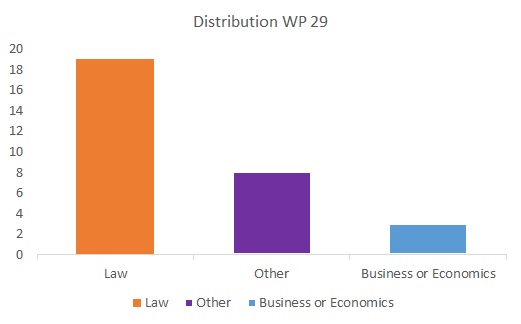As growth
in the EU has remained low and the usual channels for recovery such as greater
investment or an increase in the working-age population remains far-fetched,
the omen is on creating higher productivity to restore economic recovery. Here,
the EU finds itself in a difficult situation as it has been caught in a productivity
slump now for many years.
Therefore,
any measure that would further hurt EU’s productivity would be a reasons for
great concern.
One example
is the measure of data localization that is now threatened to be on the table
again. Data localization concerns stem from the fact that citizens feel that
their data is not sufficiently protected when sent and stored abroad. That
concern is legitimate and policy makers should be aware of that.
Yet data
localization is not the right answer. Although policy makers should strike the
right balance between societal needs and economic benefits, data localization
has proven to hurt the EU's economy more than it would protect European
citizens. A few factors may explain this.
First, data
localization and its associated regulations excessively hurts producers and
users of data as they significantly hurt EU productivity, which is a measure of
the way in which we effectively use our economic resources. Our research has
shown that implementing regulations related to data will ultimately render
prices higher of consumers and lower economic output.
Second,
data localization as such does not provide more security per se. On the contrary, data localization brings together the many
data of producers and consumer making it more interesting target for cyber
security attacks. Instead, spreading data would be a better option so as to
make it more difficult for hackers to target a so-called “honey pot” of data.
Third,
spreading the storage of data also let the best suited servers to do the job of
providing safe and secured data. Obliging each member state to store its own consumers’
data on its own servers is no recipe for best practise. Some member states are
just better equipped to provide good storage of data than others because they
are better endowed with the economic necessities of doing so.
Fourth, upfront
short-term economic losses would have to incurred by everyone. Our study shows
that assuming the existing explicit barriers on internal EU free flow of data
are removed, it would result in GDP gains that are estimated to be up to 0.06%
of GDP, equivalent to 8 billion euros.
In short,
the EU has created a single market in great part to enhance economic wellbeing
of its citizens. That has been done through abolishing burdensome regulations
that otherwise would inhibit productivity, ultimately hitting on economic
growth.
The EU’s
future economic growth lies in the digital age in which data flowing across
European borders is a crucial factor, just as services, goods, capital and
people. Establishing a truly single European market now also demands one for
data.









